Coconut Tree Disease And Pests: Treatment Of Coconut Tree Issues
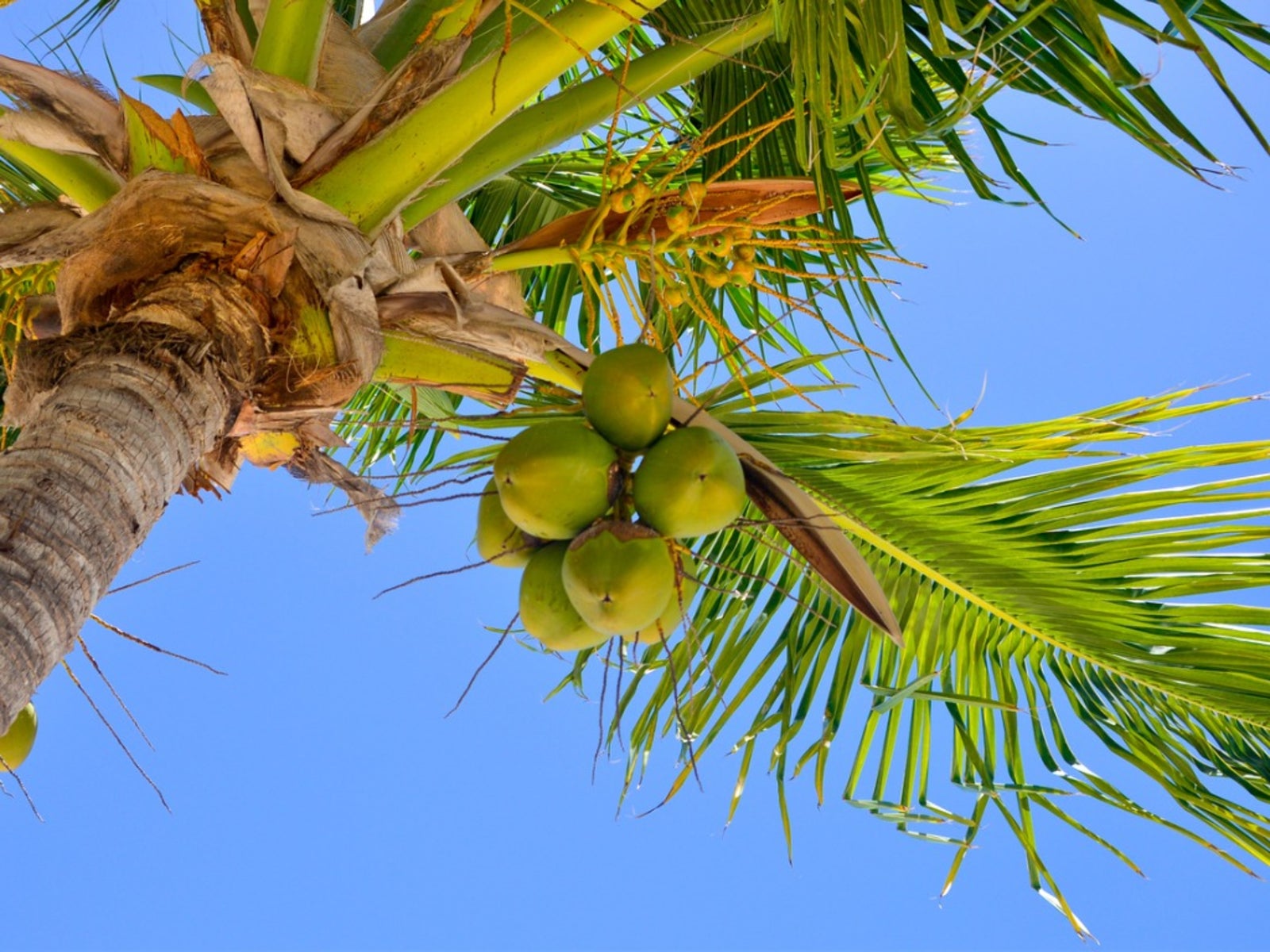
The coconut tree is not only beautiful but also very useful. Valued commercially for beauty products, oils, and raw fruit, coconuts are widely grown in areas with tropical weather. However, different kinds of coconut tree problems may interfere with healthy growth of this tree. Therefore, proper diagnosis and treatment of coconut tree issues is essential in order of the tree to thrive.
Identification of Common Coconut Palm Tree Insects
There are a number of pests that frequent the coconut tree, causing considerable damage. Coconut scale insects and mealybugs are sap-sucking pests that feed on sap found in plant cells while excreting toxins from their salivary glands. Leaves eventually turn yellow and die. These coconut palm tree insects can also spread to nearby fruit trees and cause significant damage. Microscopic coconut mites will cause nuts to have a rough, corky texture. Heavy mite feeding results in deformed coconuts. Coconut black beetles have been a cause for concern in some areas where they burrow between leaf sheaths and eat the soft foliage tissue. Using an iron beetle hook or a pheromone trap can control these beetles.
Identification of Common Coconut Tree Disease
Other kinds of coconut tree problems include diseases. Some of the more common coconut tree disease issues include fungal or bacterial problems. Fungal pathogens can cause bud rot, which is diagnosed by the appearance of black lesions on young fronds and leaves. As the disease spreads, the tree becomes weak and has a difficult time fighting off other invaders. Eventually, the fronds will all be gone, and only the trunk will remain. Unfortunately, the coconut tree dying is inevitable once the disease has spread and the tree should be removed. The fungus Ganoderma sonata causes ganoderma root, which can injure many species of palm trees by feeding on plant tissue. Older fronds begin to droop and collapse while new fronds will be stunted and pale in color. There is no chemical control for this disease, which will kill palms in three years or less. Leaf infestations called “leaf spots” can occur on coconut trees and are caused by both fungi and bacteria. Circular or elongated spots develop on foliage. Prevention includes not letting irrigation wet the foliage. Leaf infestations rarely kill a tree but can be controlled by fungicidal sprays if severe. The successful treatment of coconut tree issues can normally occur with prevention and early detection of coconut tree disease and pest infestations.
Gardening tips, videos, info and more delivered right to your inbox!
Sign up for the Gardening Know How newsletter today and receive a free copy of our e-book "How to Grow Delicious Tomatoes".
-
 Zinnias On Repeat: 10 Glorious Cut-And-Come-Again Varieties For Endless Summer Bouquets
Zinnias On Repeat: 10 Glorious Cut-And-Come-Again Varieties For Endless Summer BouquetsThese zinnia varieties keep giving all summer, making them the perfect choice for dedicated cutting gardens – or just the occasional homegrown bouquet.
By Ellen Wells
-
 Create A Romantic Garden Straight Out Of Bridgerton: Regency Era Romance In Your Garden
Create A Romantic Garden Straight Out Of Bridgerton: Regency Era Romance In Your GardenTry some romantic garden ideas straight out of Bridgerton. Flowers and gardens in the Regency era were lush and charming and you can get the same look!
By Bonnie L. Grant
-
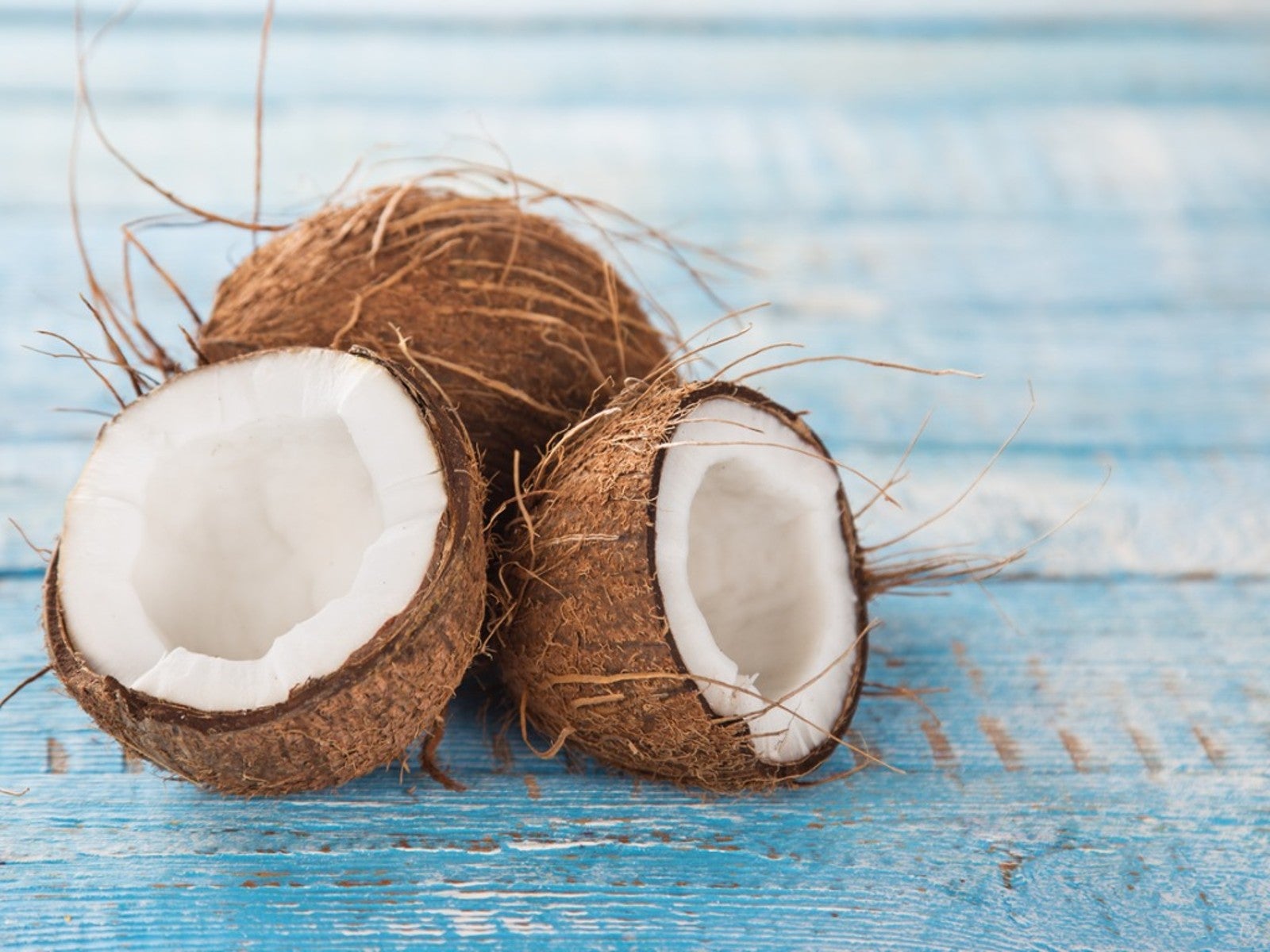 How To Use Coconut In The Garden
How To Use Coconut In The GardenIn the past we wouldn’t have considered using coconut byproducts in our gardens. Now we know it’s a great renewable natural alternative. Read on.
By Bonnie L. Grant
-
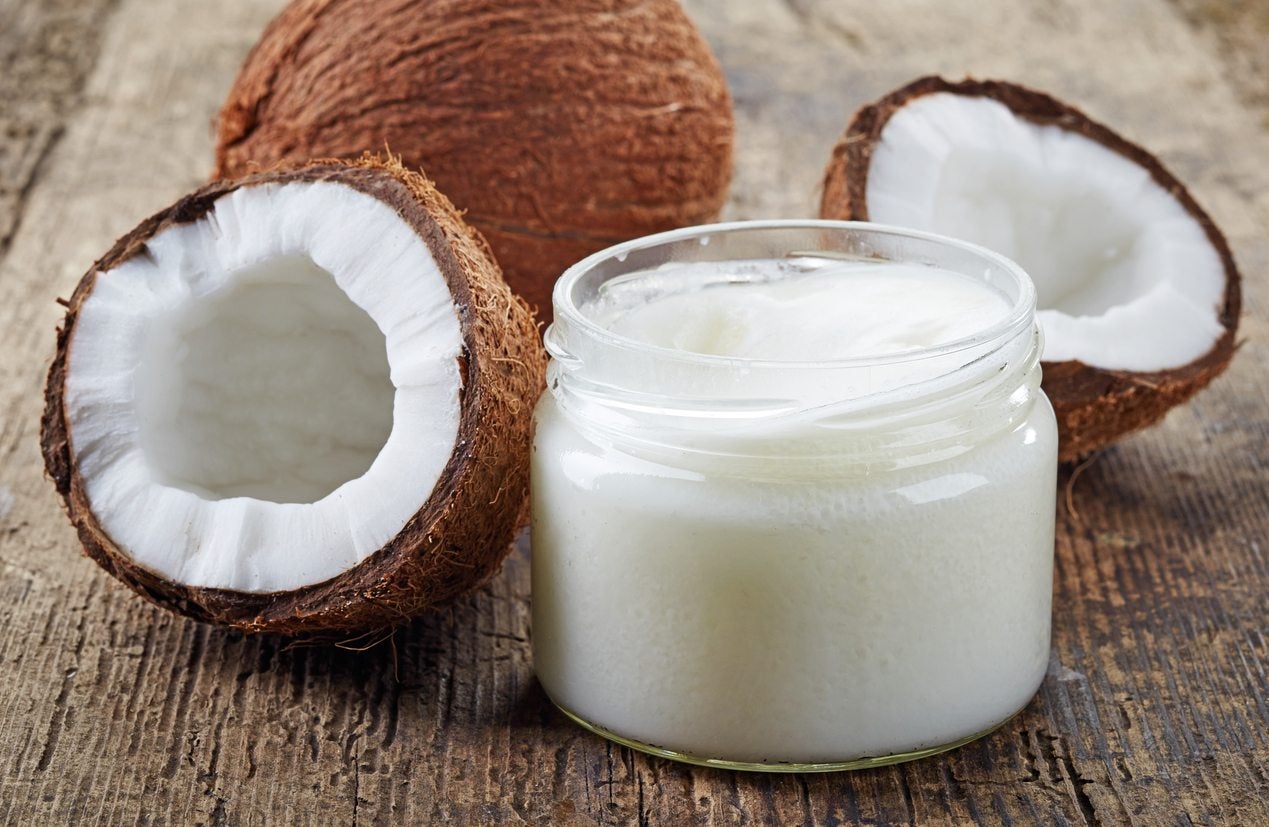 Coconut Oil Facts: Using Coconut Oil For Plants And More
Coconut Oil Facts: Using Coconut Oil For Plants And MoreYou can find coconut oil listed as an ingredient in many foods, cosmetics and other items. But what is coconut oil and how is it processed? There are virgin, hydrogenated and refined coconut oils with each being made a slightly different way. Learn more here.
By Bonnie L. Grant
-
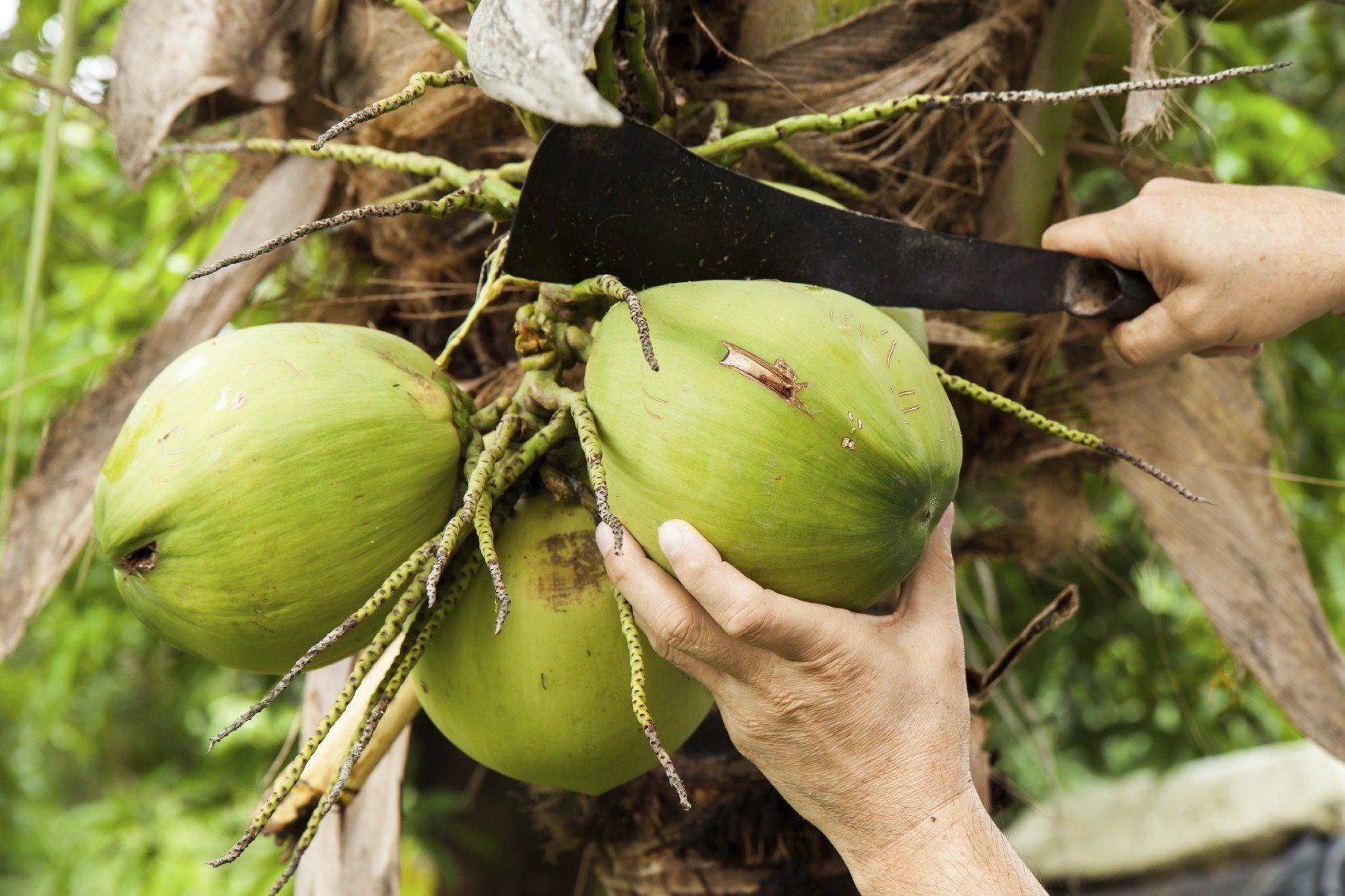 When Are Coconuts Ripe: Do Coconuts Ripen After They Are Picked
When Are Coconuts Ripe: Do Coconuts Ripen After They Are PickedIf you live in a suitably tropical region, you may be lucky enough to have a coconut in your landscape. The questions then arise, when are coconuts ripe and how to pick coconuts from trees? Click this article to find out all about harvesting coconuts.
By Amy Grant
-
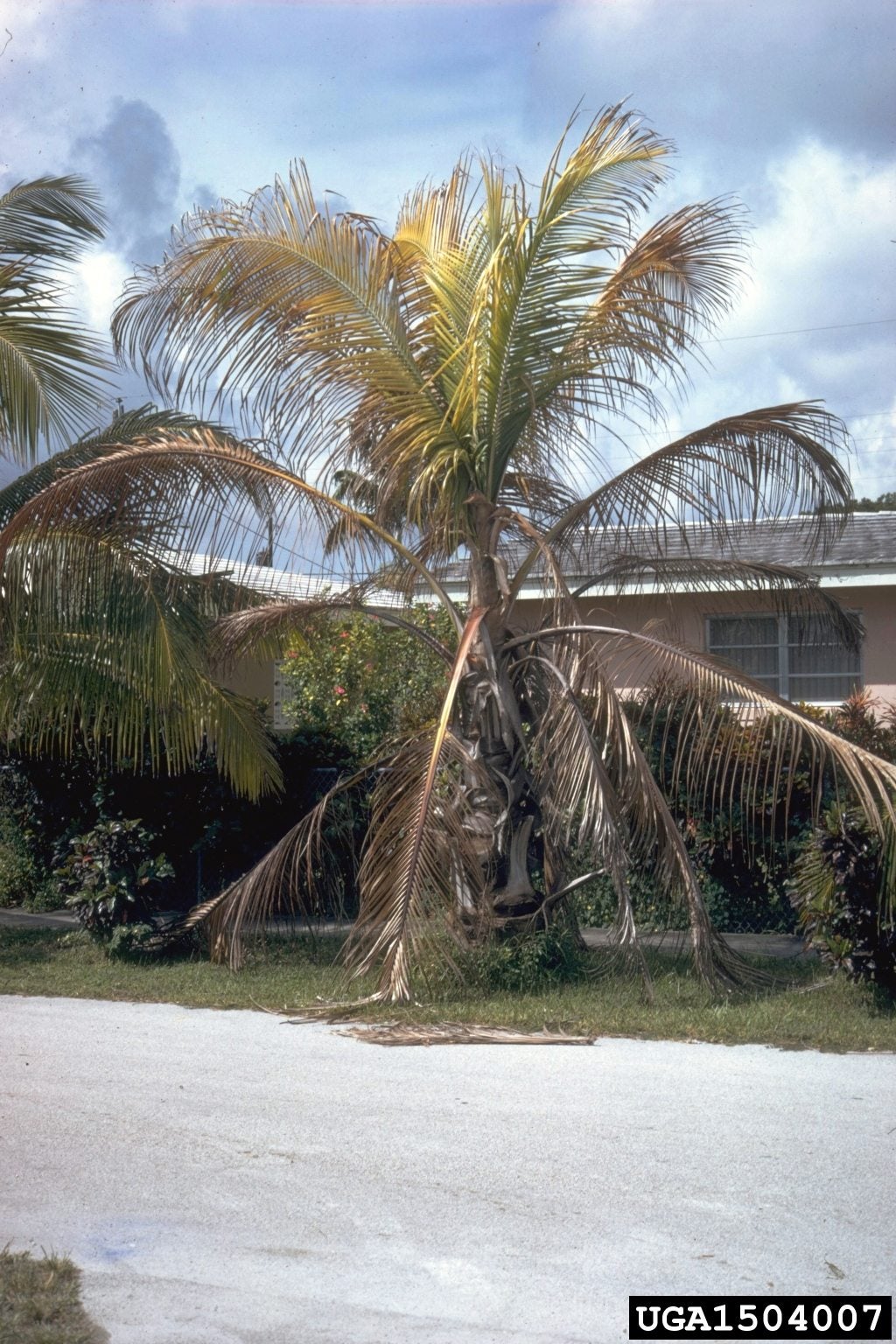 What Is Lethal Bole Rot: Learn About Lethal Bole Rot Disease
What Is Lethal Bole Rot: Learn About Lethal Bole Rot DiseaseWhat is lethal bole rot? Also known as basal stem rot or ganoderma wilt, lethal bole rot is an extremely destructive fungal disease that affects various palms, including coconut palm. Learn more about bole rot in coconut trees in this article.
By Mary H. Dyer
-
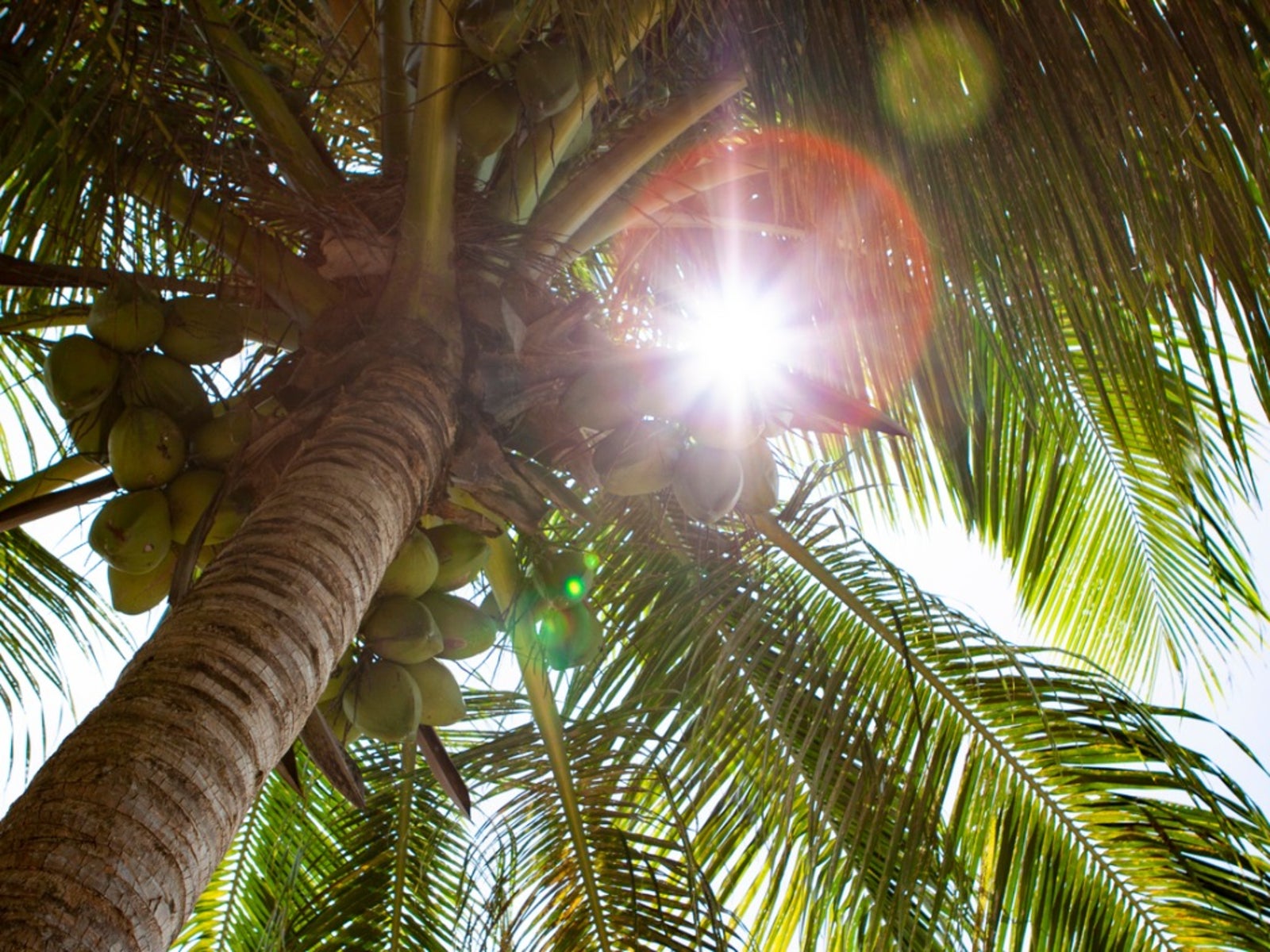 Coconut Palm Diseases – Reasons And Fixes For Coconut Wilting
Coconut Palm Diseases – Reasons And Fixes For Coconut WiltingCoconut trees are fairly low maintenance, interesting specimens for the home garden. Even so, they are susceptible to some coconut palm diseases and environmental stresses, such as coconut wilting. Learn more about this here.
By Amy Grant
-
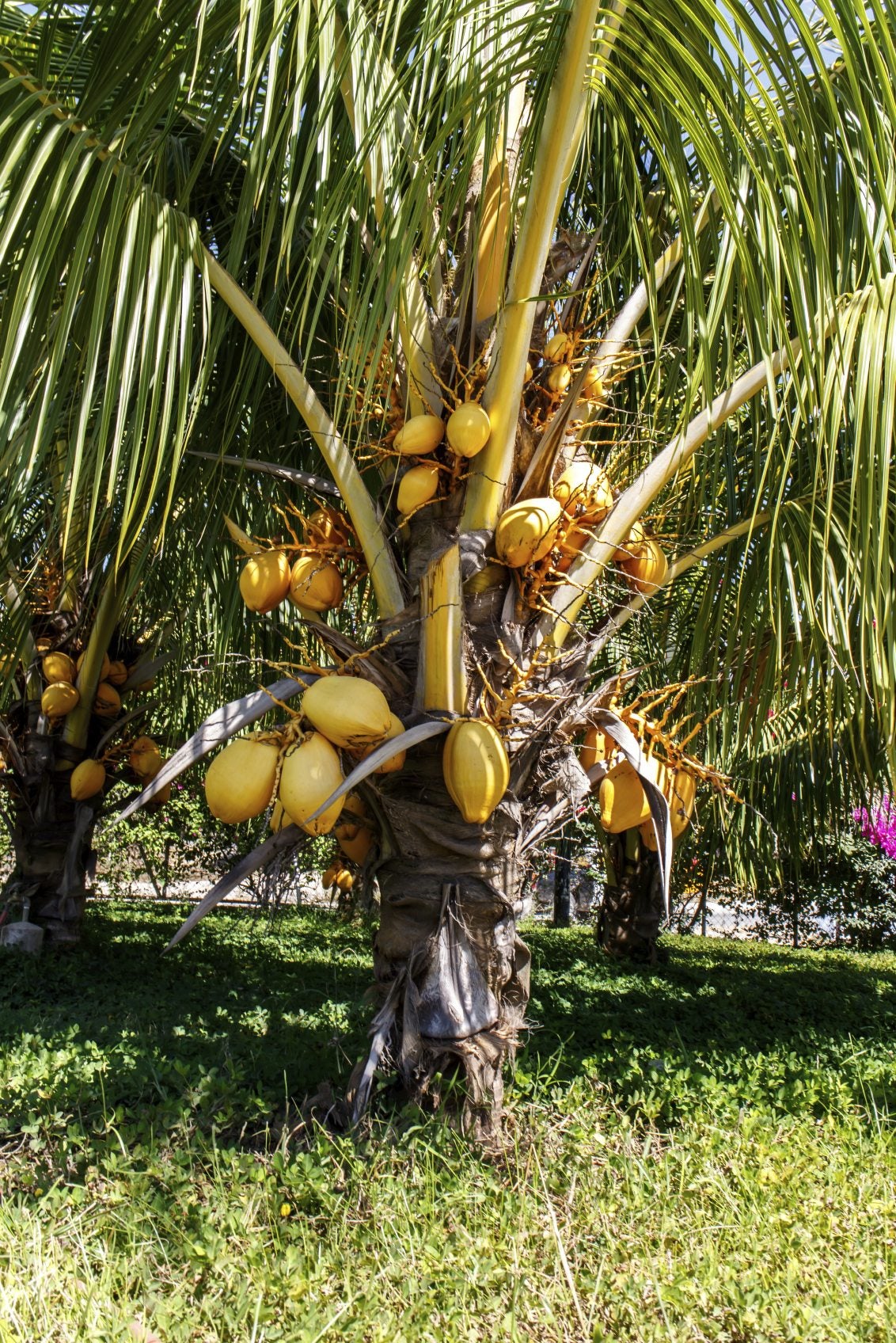 Fertilizing Coconut Palm Trees: How And When To Fertilize Coconut Palms
Fertilizing Coconut Palm Trees: How And When To Fertilize Coconut PalmsWith proper care, a coconut palm tree will produce an abundance of fruit for up to 80 years, so learning about fertilizing coconut palm trees is of paramount importance for the longevity of the tree. Explore how to fertilize coconut palm trees in this article.
By Amy Grant
-
 Coconut Tree: Complete Care And Growing Guide
Coconut Tree: Complete Care And Growing GuideLearn how to plant and grow a beautiful coconut tree if you live in a warm climate. If not, grow one in a container. Coconut palms bring the feel of the tropics into your space.
By Teo Spengler